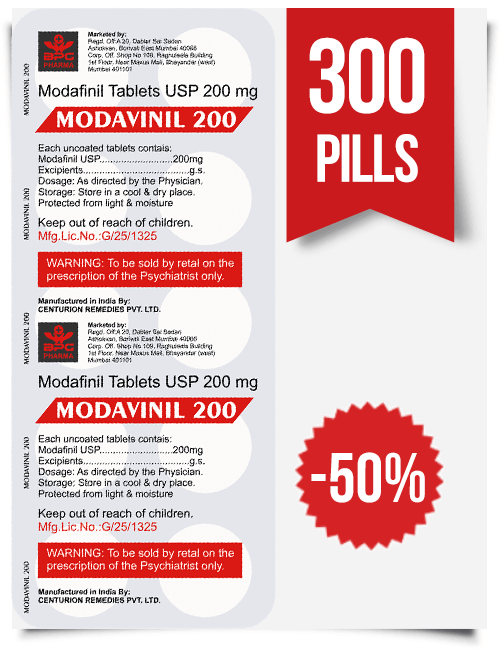Neuroplasticity of Hypnotherapy, Face of Hypnosis: Isn't Any Hype
 |
| Hypnosis and brain |
Just for the present, neuroplasticity implies that the human cerebrum can be changed by following up on the outer components of your life, for example, your physical conduct and appearance, how you associate with others and control or react to your surroundings.
I will probably be your expert manual for gainful, dynamic self-understanding – to help you know yourself, not just for its own particular purpose, but rather with the end goal of accomplishing both the certainty and the way to tackle your issues.
In hypnosis, the more eager you are to be changed, the bigger the possibility that the treatment will work. Imperative, as well, is being informative, endeavoring to explain your mind regardless of how troublesome talking could be.
Why not express the recommendation you need to work with?) We could then invest less energy characterizing and clarifying the treatment, yet in illuminating what you need to achieve, deciding your needs so I can help you meet them. In spite of the fact that treatment typically takes 2-3 sessions, the impacts are a long way from short-term. They impact and last your whole life, on the off chance that you let them.
Why not express the recommendation you need to work with?) We could then invest less energy characterizing and clarifying the treatment, yet in illuminating what you need to achieve, deciding your needs so I can help you meet them. In spite of the fact that treatment typically takes 2-3 sessions, the impacts are a long way from short-term. They impact and last your whole life, on the off chance that you let them.
Here is how neuroplasticity works:
As a young person, probably around the age of 15 or 16, you learned to drive a car; this took a great deal of intentional thought and effort. Remember how you gripped the steering wheel and carefully executed every action? Now, you hop into the driver’s seat without giving it a second thought. This is because your brain laid down a neuropathway for the completion of this task; from start to finish, a set of synapses occur to complete the action.
In trauma, a similar pathway is set down; it can even be additionally engrained due to shock or intensity. Therefore, when a single trigger or set of triggers occur, the emotions associated with the trauma are revisited.
In trauma, a similar pathway is set down; it can even be additionally engrained due to shock or intensity. Therefore, when a single trigger or set of triggers occur, the emotions associated with the trauma are revisited.
But, due to neuroplasticity, this does not always have to be the case. New pathways can be created through changes in behavior, environment, and neuro-processes. Not only is the brain capable of creating new pathways, but it is also designed to do so. The brain is highly resilient and desires flexibility. The brain functions at its best when it is limber and rich with options. The incredible thing is that the human brain has a very real desire to heal itself.
Creating new pathways necessitates a great deal of awareness, mindfulness, and acknowledgment of the present. Yet, in time, these new pathways will eclipse the old, thus allowing trauma survivors.
NEURAL REWIRING
Your brain is constantly adapting and rewiring itself. Your thoughts and behaviors influence this process. If certain thoughts and behaviors are repeated often enough, a strong connection, also known as a neural pathway, is created.
Just think of your brain as a dynamic, connected power grid, with billions of roads and pathways lighting up every time you think, feel or do something. Some of these roads are well traveled. These are your habits; your established ways of thinking, feeling and doing. Every time you think in a certain way, practice a particular task or feel a specific emotion, you strengthen this road, and it becomes easier for your brain to travel this pathway.
The most popular misguided judgment or myth about hypnosis is that it is 'done to somebody.' Nobody gets hypnotized. All mesmerizing is self-hypnosis, much like the general self-hypnosis. Learning self-hypnosis is straightforward and simple; particularly for kids.
Reiterated, neuroplasticity is the term used to portray the brain's capacity to make new examples of learning or to revamp and change itself all through life. Neuroplasticity is improved by monotonous incitement that causes the bottomless universe of neurons in the cerebrum to blend and design themselves into 'examples of adapting' much like making new circuits. Standard routine of self-hypnosis with representation and creative energy is a mental practice to tediously animate the brain to accomplish the neuroplasticity impacts.
With self-hypnosis, you can draw in your creative ability to redundantly fortify your brain as a type of mental practice to accomplish the neuroplasticity impacts you want. There are no restrictions on creative ability and many instances of people accomplishing the apparently unimaginable.
The use of hypnosis can strengthen neural pathways and speed up the healing and the inter-relationship of problems of the mind, body, emotions, and spirit.
As often said, neuroplasticity is the brain's ability to reorganize itself by forming new neural connections throughout life. In cases of injury and disease, the neurons adjust their activity in response to the new situation or change in their environment.
A surprising consequence of Neuroplasticity is that the brain activity associated with a given function can move to a different location, reorganizing and forming new connections.
In order to reconnect, the neurons need to be stimulated through repetition and activity. Relaxation speeds up this process. Here’s where hypnosis comes in: The subconscious mind sees byways of pictures and symbols and it doesn’t differentiate between real and imagined.
When we give it an image of the brain functioning properly, neuron’s strengthening, etc., the subconscious can accept that as true and reinforce and strengthen that hypnotic suggestion through the use of recordings that are specially formulated for the particular issue. People can be empowered to take an active role in their healing by learning self-hypnosis to reinforce the imagery of their body functioning properly.
When we give it an image of the brain functioning properly, neuron’s strengthening, etc., the subconscious can accept that as true and reinforce and strengthen that hypnotic suggestion through the use of recordings that are specially formulated for the particular issue. People can be empowered to take an active role in their healing by learning self-hypnosis to reinforce the imagery of their body functioning properly.
Through hypnosis and left/right brain exercises recorded on CD, many people have overcome the negative effects of strokes. Neuroplasticity is a well-known phenomenon that can be enhanced through the power of the mind.














Thanks for taking the time to discuss this, I feel strongly about it and love learning more on this topic. Ernesto Gonzalez
ReplyDeleteI am glad you learned something
DeleteAfter completing the necessary hypnotherapy courses, a trained professional can implement weight loss hypnotherapy techniques to help you lose weight
ReplyDelete